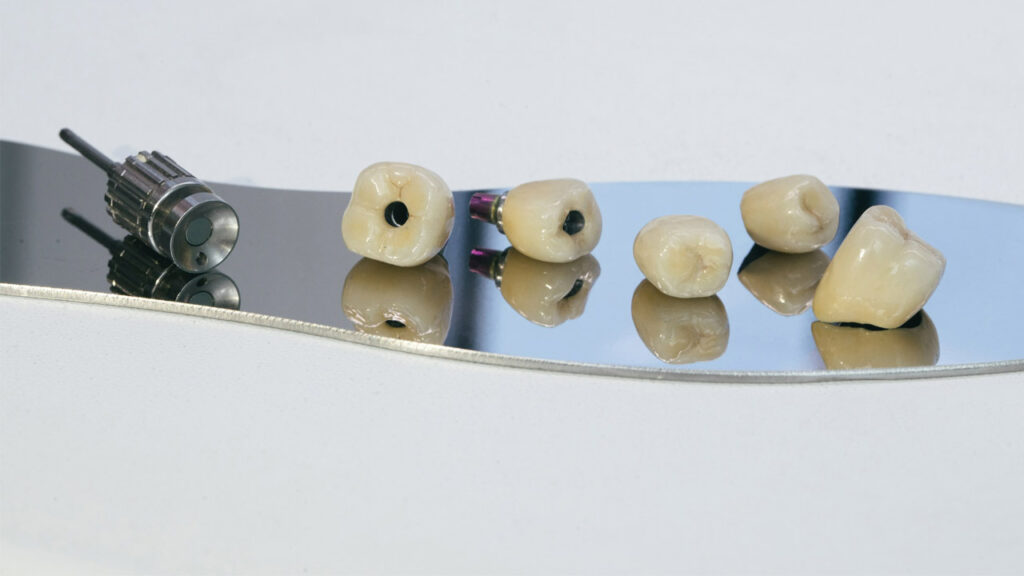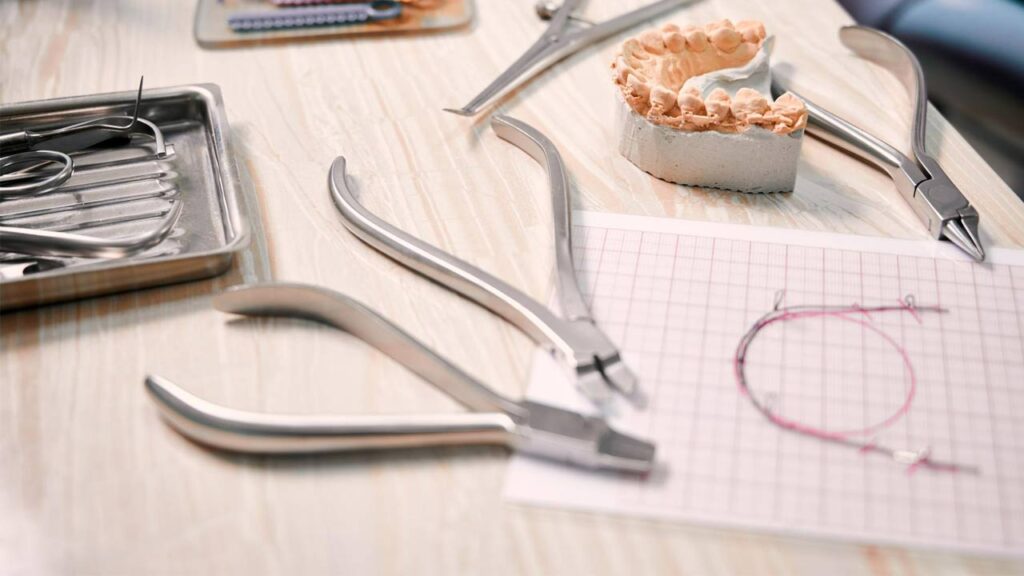Dental scaling and root planing is a deep cleaning procedure performed by a dental professional to remove plaque and tartar buildup from the teeth and gums. This procedure is also known as deep cleaning and is often recommended for individuals with gum disease or those who have been diagnosed with periodontitis.
Purpose of the Blog
The purpose of this blog is to provide a comprehensive guide to dental scaling and root planing. This blog will cover the different types of scaling and root planing available, as well as their pros and cons, benefits, and frequently asked questions.
Overview of the Different Types of Dental Scaling and Root Planing

There are several types of dental scaling and root planing, including traditional scaling and root planing, ultrasonic scaling and root planing, air-polished scaling and root planing, and laser scaling and root planing. Each type has its own unique features and benefits, and the right choice depends on individual needs and preferences.
Traditional Dental Scaling and Root Planing
A. How it Works
Traditional scaling and root planing is performed using hand-held tools, such as a scaler and curette, to remove plaque and tartar buildup from the teeth and gums. This procedure is often performed in a dentist’s office and requires a local anesthetic to numb the mouth.
B. Pros and Cons
Pros of traditional scaling and root planing include its affordability and effectiveness in removing plaque and tartar buildup. However, traditional scaling and root planing can be uncomfortable for some patients and may require multiple appointments to complete.
Ultrasonic Scaling and Root Planing
A. How it Works
Ultrasonic scaling and root planing is performed using an ultrasonic scaler, which uses high-frequency vibrations to break up plaque and tartar buildup. This type of scaling and root planing is often performed in a dentist’s office and may also require a local anesthetic.
B. Pros and Cons
Pros of ultrasonic scaling and root planing include its speed and efficiency in removing plaque and tartar buildup. However, ultrasonic scaling and root planing can be noisy and uncomfortable for some patients.
Air-Polished Scaling and Root Planing
A. How it Works
Air-polished scaling and root planing is performed using a special device that sprays a fine stream of water and baking soda to remove plaque and tartar buildup. This type of scaling and root planing is gentle and effective, and is often performed in a dentist’s office.
B. Pros and Cons
Pros of air-polished scaling and root planing include its gentleness and effectiveness in removing plaque and tartar buildup. However, air-polished scaling and root planing may not be as thorough as traditional or ultrasonic scaling and root planing and may require multiple appointments to complete.
Laser Scaling and Root Planing
A. How it Works
Laser scaling and root planing is performed using a dental laser to remove plaque and tartar buildup from the teeth and gums. This type of scaling and root planing is often performed in a dentist’s office and may require a local anesthetic.
B. Pros and Cons
Pros of laser scaling and root planing include its precision and effectiveness in removing plaque and tartar buildup. However, laser scaling and root planing can be more expensive than traditional or ultrasonic scaling and root planing and may not be covered by insurance.
Benefits of Scaling and Root Planing
A. Improving Oral Health
Scaling and root planing helps to improve oral health by removing plaque and tartar buildup, which can cause gum disease and tooth decay. This deep cleaning procedure helps to keep teeth and gums healthy, reducing the risk of oral health problems.
B. Preventing Periodontal Disease
Periodontal disease is a common oral health problem caused by plaque and tartar buildup. Scaling and root planing helps to prevent periodontal disease by removing plaque and tartar from the teeth and gums, reducing the risk of infection and gum disease.
C. Maintaining Good Oral Hygiene
Good oral hygiene is essential for maintaining healthy teeth and gums. Regular scaling and root planing helps to maintain good oral hygiene by removing plaque and tartar buildup and preventing gum disease. This deep cleaning procedure is an important part of a comprehensive oral health care regimen.
healthcareDental health is an important aspect of overall health and well-being. Take control of your dental health with our top-quality dental health care products. Say goodbye to painful and inconvenient dental issues and hello to a brighter, healthier smile.
These products are designed with the latest technology and are made from premium materials, ensuring that you get the best results. Whether you’re looking for a solution for sensitive teeth, gum health, or just want to keep your smile sparkling, our dental health care products have got you covered.
Tired of hiding your smile due to yellowing, stained, or sensitive teeth?
ProDentim is here to help. This advanced formula whitens and strengthens your teeth, while also reducing sensitivity and promoting oral health. Say goodbye to expensive and painful dental treatments, and start enjoying a bright, confident smile with ProDentim.
Click Here to Try ProDentim now and see the results for yourself!
Struggling with tooth sensitivity, gum problems or bad breath?
Dentitox Pro is the solution you need. This natural, effective formula helps to clean and strengthen your teeth and gums, giving you a brighter, healthier smile. Dentitox Pro is made with the finest ingredients and is free from harmful chemicals, making it safe and gentle for everyday use. Say goodbye to pain and embarrassment, and start enjoying a confident, beautiful smile with Dentitox Pro.
Click Here to Order now and get 20% off your first purchase!
Click Here for Professional Teeth Whitening
Frequently Asked Questions (FAQ)
A. What is the difference between traditional scaling and root planing and ultrasonic scaling and root planing?
Traditional scaling and root planing is performed using hand-held tools, while ultrasonic scaling and root planing is performed using an ultrasonic scaler. Ultrasonic scaling and root planing is often faster and more efficient than traditional scaling and root planing.
B. Is scaling and root planing painful?
Scaling and root planing may cause some discomfort, but a local anesthetic can be used to numb the mouth. Most patients report only mild discomfort during the procedure.
C. How often do I need scaling and root planing?
The frequency of scaling and root planing depends on individual needs and oral health. Your dentist will recommend a schedule for scaling and root planing based on your oral health history and current condition.
D. Can I eat or drink after scaling and root planing?
It is best to avoid eating or drinking for a few hours after scaling and root planing to allow the mouth to heal. Soft, cool foods and drinks are recommended in the first few days after the procedure.
E. Is scaling and root planing covered by insurance?
Scaling and root planing may be covered by insurance, but this depends on individual insurance plans. It is best to check with your insurance provider to determine coverage.
Regular dental cleaning, including scaling and root planing, is essential for maintaining good oral health. This deep cleaning procedure helps to remove plaque and tartar buildup, prevent gum disease, and maintain good oral hygiene.
The right type of scaling and root planing for you depends on your individual needs and preferences. Your dentist will help you choose the best option based on your oral health history and current condition.
Dental scaling and root planing is an important part of a comprehensive oral health care regimen. This deep cleaning procedure helps to remove plaque and tartar buildup, prevent gum disease, and maintain good oral hygiene. Regular scaling and root planing can help to improve oral health and prevent oral health problems.
